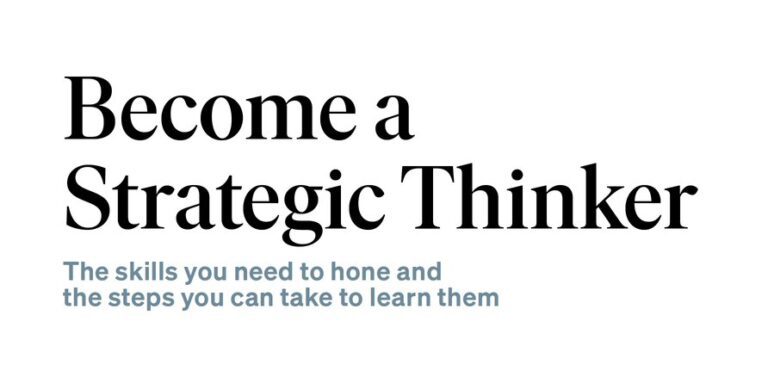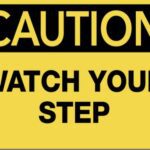Mellody Hobson is the Co-CEO, President, and Chairman of the Board of Trustees, at Ariel Investment Trust, a Chicago-based investment firm that specializes in small and mid-capitalized stocks based in the United States. Mellody currently serves as Non-Executive Chair of the Board of Starbucks Corporation and an independent director of JPMorgan Chase. In her Masterclass on Strategic Decision-Making, she shared tips and strategies for becoming a strategic thinker and also delves into two real-life case studies that exemplify how she applied these tools in complex business situations.
Strategic thinking is an organizational and pragmatic type of critical thinking that is an always-on process. It’s not something that just happens in a bad moment or a good moment. Thorough, pragmatic, and grounded in facts, strategic thinking is “not wishing or hoping things will get better. It’s actually sitting down and having a strategy for moving forward. That can be the difference between the life and death of a company.
Become a Strategic Thinker: The skills you need to hone and the steps you can take to learn them
NOT ALL STRATEGIC thinkers strategize alike, but they do have a few capabilities in common.
Skills You Should Cultivate…
- Strategic foresight:
Try to look ahead and anticipate potential problems; having a backup plan (or several) can help you pivot quickly if and when things don’t go as planned.
- An inquisitive mind:
Don’t be afraid to question or challenge conventional thinking. Asking the right question can be as important as finding the right solution.
- A flexible attitude:
Be willing to pivot when a course of action isn’t providing the intended results. Be flexible when it comes to reassessing your own ideas and assumptions as new information comes to light.
- An ability to connect the dots:
Seek to identify patterns and make meaning out of overarching trends.
- An ability to contextualize information:
Thinking strategically requires seeing information through the lens of the past, present, and future to address both short-term and long-term goals.
4 Tips for How to become a strategic thinker.
1. Ask questions
Critically examining what you assume to be true and questioning conventional wisdom can help you challenge your biases. Interrogating your assumptions can also help you creatively solve problems.
2. Take time to listen:
A skilled strategic thinker listens before making a move. When working with a team, consider everyone’s point of view and digest multiple perspectives in order to take a more nuanced approach. When working alone, gathering as much information as possible can lead to new questions and insights that further refine your strategic plan.
3. Learn to prioritize:
Whether your goals are personal or professional, ranking action items from most to least important can help you stay focused on a course of action.
4. Reflect on what worked and what didn’t:
Take time to assess successes and failures. What part of the process worked well that you’d like to repeat next time? What could be improved upon? Use all the metrics at your disposal and any insights you gain to improve your next strategic plan.
All the best in your quest to get better. Don’t Settle: Live with Passion.



Comments are closed.